Frozen desserts are enjoyed around the world—and many of them surprisingly predate modern refrigeration. In ancient times, these required ingenious (and laborious) chilling techniques. Though easier to chill, today’s treats are no less inventive. Many deliciously showcase the signature flavors of their homeland, from Iran’s rosewater-perfumed faloodeh to the Philippines’ kaleidoscopically colorful halo-halo.
Here are a few favorites:
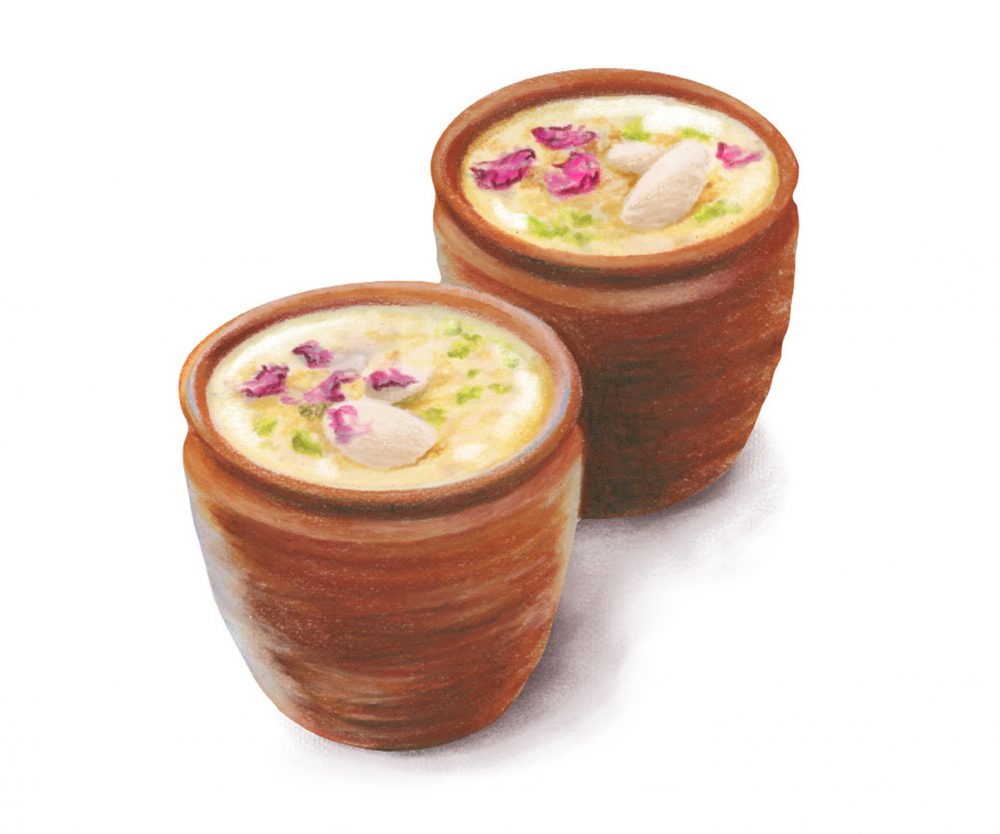
Kulfi
Popular in India, kulfi starts with sweetened milk reduced slowly to give it a lush texture and toasted caramel notes. This frozen dessert is thought to have originated centuries ago in the palaces of the Mughal Empire. Legend has it that a clever cook created it by burying custard-filled molds in clay pots filled with ice and salt. Today, kulfi still is enjoyed as cone-shaped frozen pops or from earthenware cups. Classic flavors include cardamom, saffron, mango and pistachio.
Halo-Halo
This frosty shaved ice treat from the Philippines can be wildly colorful. Shaved ice and condensed milk are layered in a tall glass with numerous other ingredients. The layers then are mixed before eating. In fact, “halo-halo” translates to “mix-mix’’ in Tagalog. Mix-ins can include coconut jelly, tapioca pearls, bananas and other fresh fruit, palm seeds and pinipig (crispy toasted rice). In most cases, it’s all topped with a scoop of brilliantly purple ice cream made from ube yams.
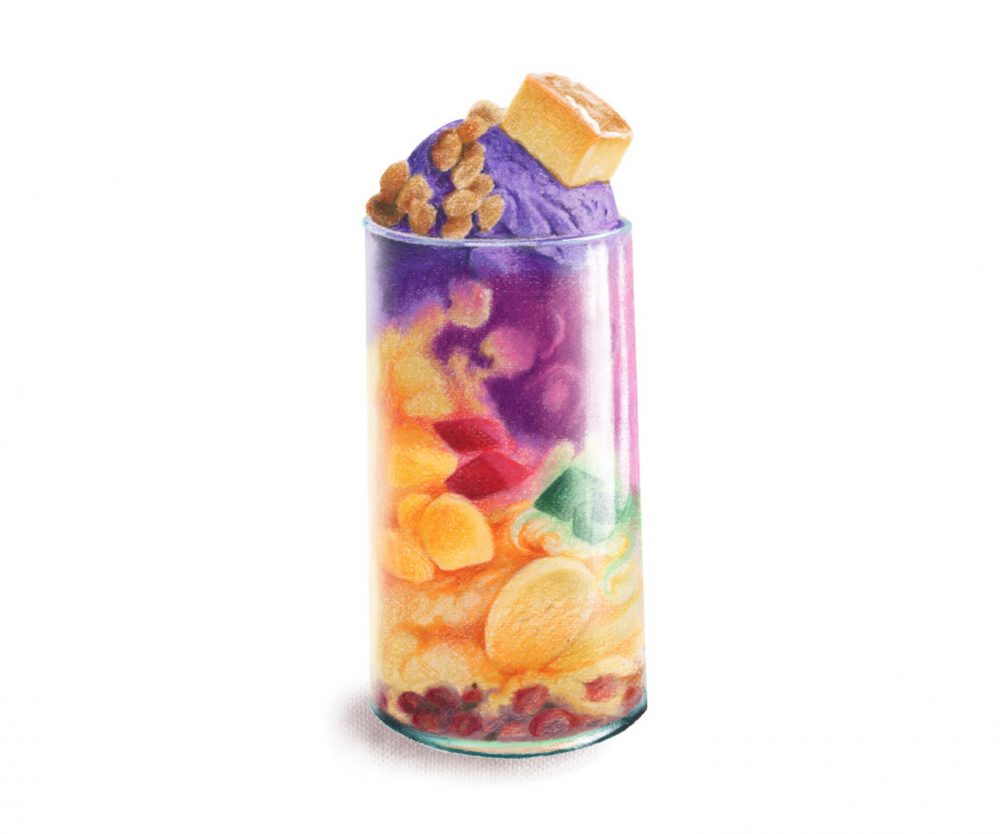
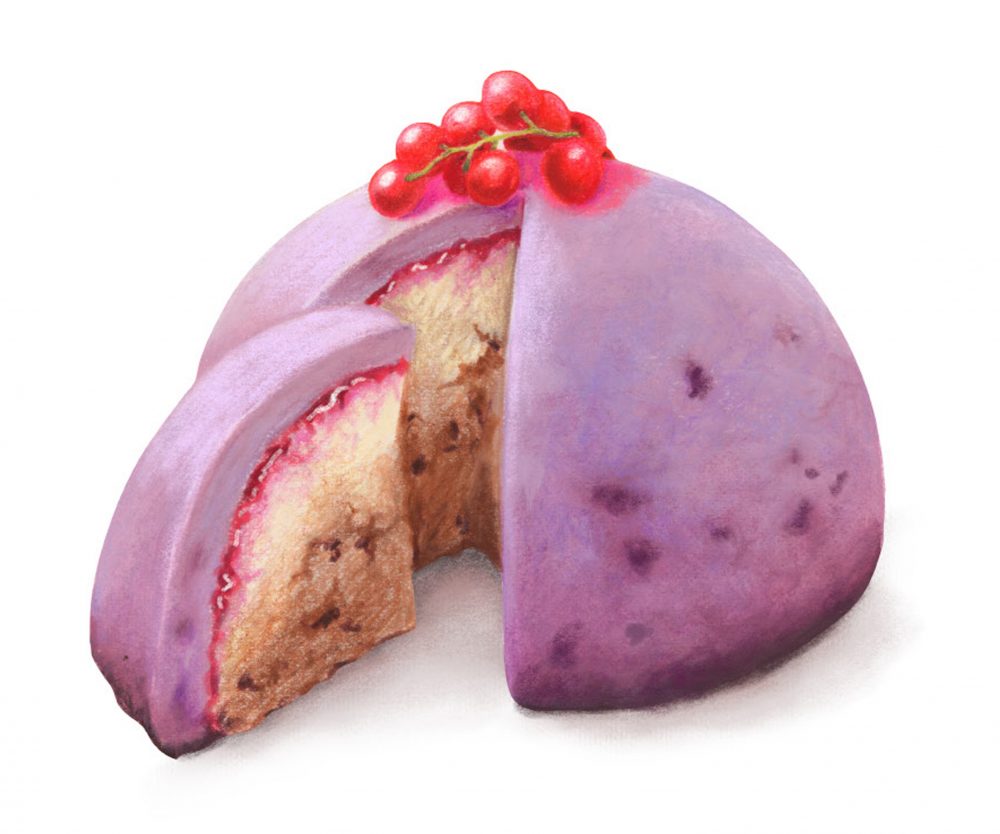
Zuccotto
There are many theories about the origin of this distinctively domed Florentine ice cream cake. Some believe it first was made by Renaissance-era gelato creator Bernardo Buontalenti for a banquet hosted by the Medicis. And while its name means “little pumpkin” in Italian, stories conflict over whether its shape was inspired by the squash, a helmet (the rumored first mold for the cake), a cardinal’s skullcap or even the dome of Florence’s Santa Maria del Fiore cathedral. Whatever the truth, the chilled dessert consists of a thin exterior of liqueur-soaked ladyfingers or sponge cake wrapped around a filling of gelato or ricotta, often including additions such as dried fruit, nuts or chocolate.
Taiyaki Aisukurimu
Japanese taiyaki are chewy-crispy waffles filled with sweet red bean paste and shaped like sea bream, complete with scales and fins. Sea bream is historically a symbol of good luck in Japanese culture, so taiyaki took its form to bring fortune to the eater. Invented in the late 1800s, taiyaki today come in many varieties, including some filled with ice cream, known as taiyaki aisukurimu. In one popular version, the fish waffle serves as a cone, its mouth filled with a swirl of soft serve in flavors such as vanilla, matcha or black sesame.
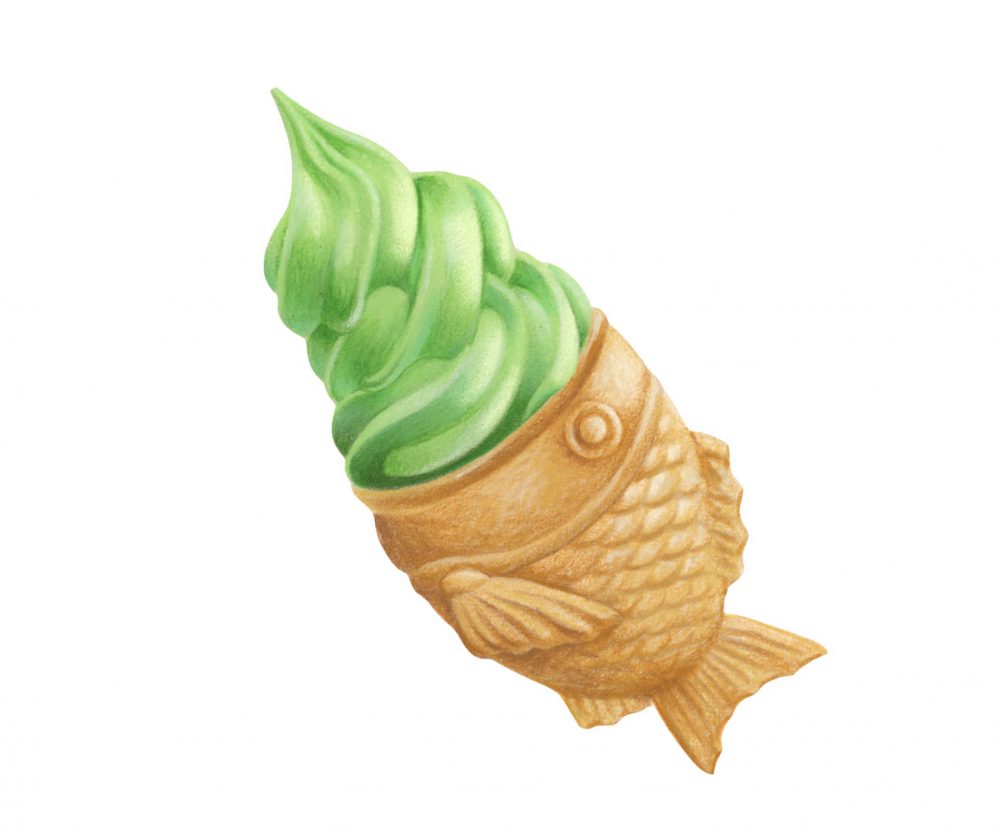
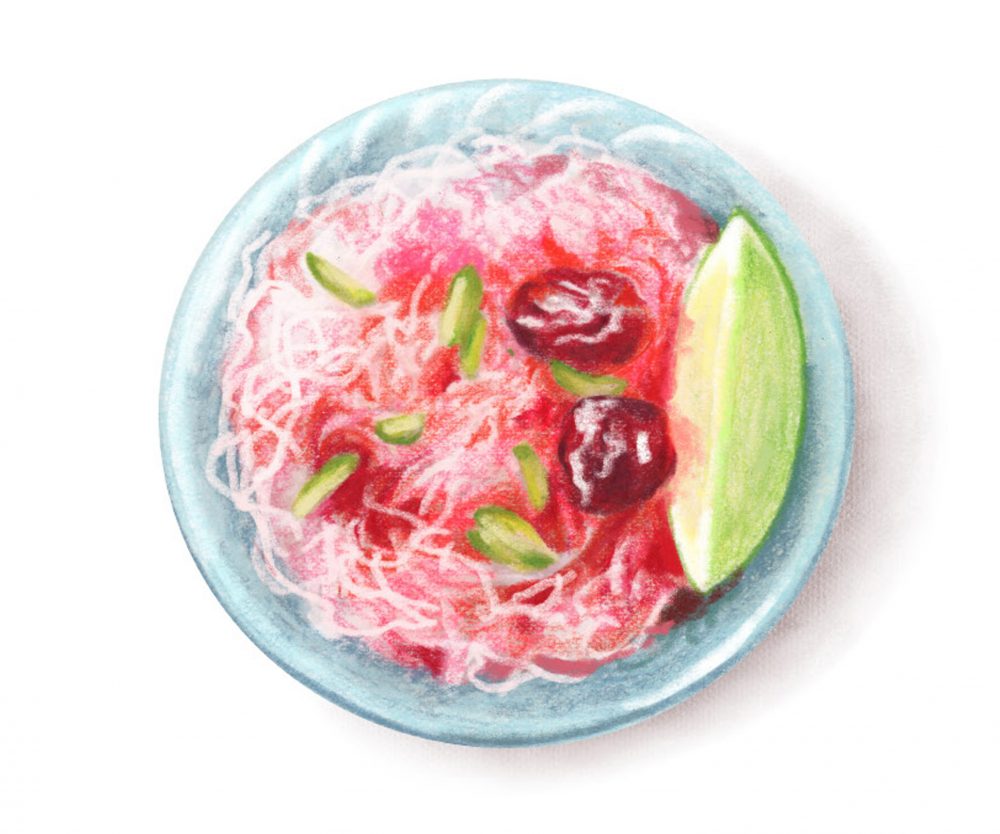
Faloodeh
Persian faloodeh is one of the world’s oldest desserts, mentioned in records dating as far back as 400 B.C. While variations abound in Iran, the style associated with the city of Shiraz is perhaps most iconic. It’s made by freezing vermicelli rice noodles in a rosewater-infused syrup, which is raked into a granita-like slush studded with crunchy noodle bits. Faloodeh can be served on its own or atop a scoop of bastani (an ice cream of saffron and rosewater), topped with sour cherries, mint or pistachios, plus a squeeze of lime or a drizzle of sour cherry syrup.






